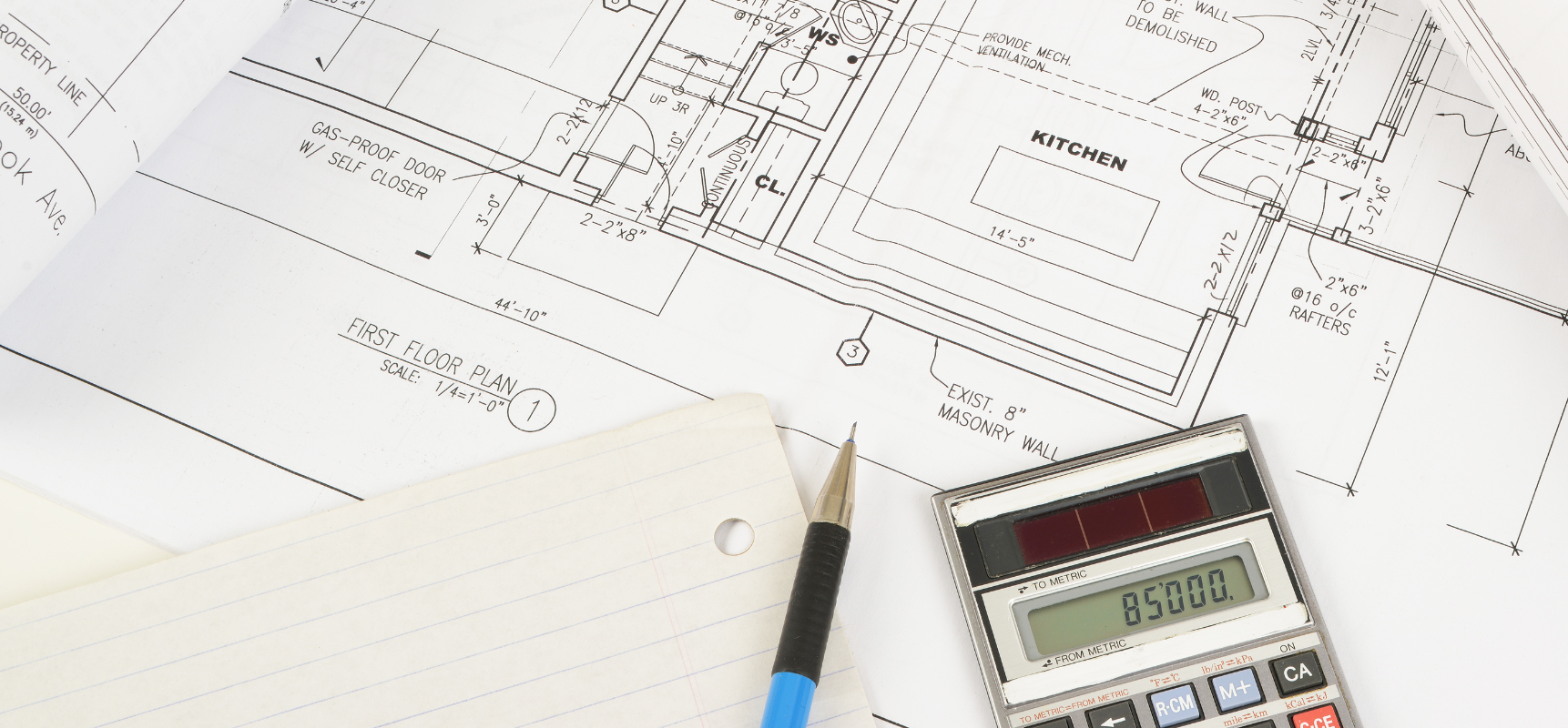Best Practices for Estimating
- August 31, 2022
- Written by Danielle Nguyen, Larisa Forester, CPSM, Associate AIA
| Written by

We sat down with a few of the estimators at Staples to gain better insight into five best practices of the estimating world. Together we discussed the processes that go into pre-construction, and the important elements factored into estimating. In talking through the major themes of estimating, we were able pull the most notable aspects.
- Establishing relationshipsEstimating goes beyond just understanding numbers, and relationships are a key element to this department. Relationships are established and maintained through dedicating time in person or through regular phone calls, with subcontractors and clients. These positive relationships are vital as it helps build strong communication and understanding. Time spent with subcontractors and clients creates a foundation of trust so that discussions about the project are approached with transparency. Solidifying relationships with subcontractors establishes trust and ensures those hired are communicative and qualified.
- Effective communicationThere are so many different elements to a project and, at a more granular level, within each subcontractor’s specific scope that good communication is crucial. Effective and efficient communication begins internally, firstly with the estimating team understanding each of the trades’ scopes clearly. This allows an opportunity to drill into the details and ask the right questions. Attentiveness to detail is essential for providing quality work. Through effective communication, subcontractors can understand their scope of the work more fully, resulting in a more accurate bid. Clear communication on the front end also ensures the development of a sound and efficient project schedule.
- Reliable subcontractor databaseA successful general contractor must have an extensive database and extend invitations to bid to at least five to ten subcontractors in every major trade. Additionally, having diversity in subcontractors is important because different subcontractors may be more fit for specific projects. For example, some subcontractors may be a better fit for larger projects while others may specialize in different areas or sizes of work. In this, diversifying and expanding the pool of subcontractors is vital.
- Internal take-offsAs a General Contractor, we do our own quantity take-offs, or estimates, of each key trade prior to finalizing a bid. Just as each subcontractor calculates his or her individual scope, we also verify this information independently. This way, when we receive their bids, we can compare the results. By doing our own quantity take-offs, we can catch gaps in the bidding process to ensure nothing is missed. With a comprehensive knowledge of the job inside and out, we can effectively evaluate bids as they are received.
- “Three bids in each trade”
The practice of receiving three, or more, bids in each trade is to ensure that we are bringing in the most competent subcontractor for the best value. The rule of “three bids” is important as it provides a series of data points for comparison. Case in point, if you only have two bids where one bid is low and one is high, it is unclear which is most accurate. With three or more bids, comparison is much more straightforward to highlight the differences in cost. In communicating with each of the subcontractors, not only can we compare the pricing of the three, but we can also find discrepancies in the proposed schedule and the quantity of work. Investigating the differences in time, quantity, and price ensures we hire the most responsive subcontractor fit for the project.
Across all five practices, one common theme stands out— the importance of effective communication to produce a solid, thorough bid. This is a mutual benefit of the general contractor and the subcontractor community. Prioritizing these five best practices allows for a smoother process overall as well as a successful bidding outcome.

Share this story
Related News
Embracing the Unexpected: Joyful Surprises in Construction Projects
February 26, 2024
Top Construction Trends in 2024
January 26, 2024
Related News
- March 28, 2024
- February 26, 2024
- January 26, 2024
